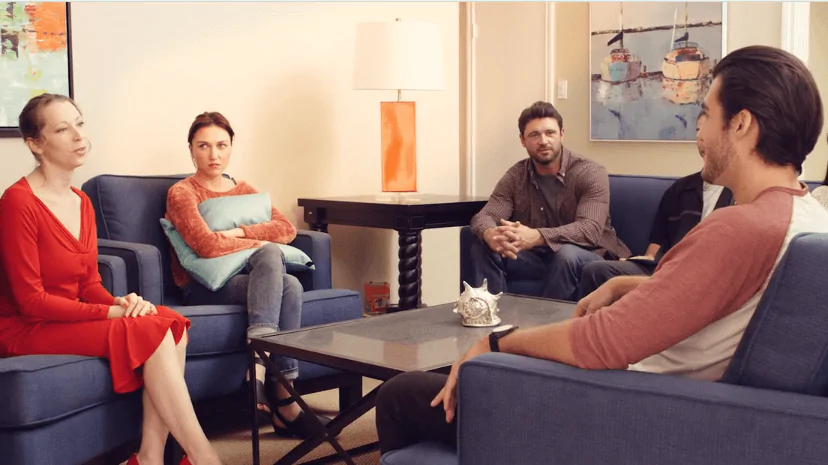24/7 Helpline:
(866) 899-111424/7 Helpline:
(866) 899-1114
Learn more about Codeine Rehab centers in Ulm
Codeine Rehab in Other Cities

Other Insurance Options

State Farm

UMR

BHS | Behavioral Health Systems

Kaiser Permanente

Premera

Providence

Health Net

Group Health Incorporated

Holman Group

Magellan

Sutter

Regence

Aetna
Beacon

Lucent

WellCare Health Plans

WellPoint

Access to Recovery (ATR) Voucher

Magellan Health

PHCS Network















